
The NHL trade deadline came and went, and we were treated to a flurry of moves of varying degrees of importance to the playoff races. For the most part, it was a pretty sensible deadline, in that the teams currently contending for playoff spots were the ones that generally added to their rosters at the expense of future capital, while the ones headed for the draft lottery sold off what they could for whatever they could get. What comes next is just as fun as the preceding speculation itself, because now we get to debate the merits of each trade.
While it's tempting to evaluate the moves after the season is over based on how they wind up turning out for the teams in the long run, that's also a flawed way to think about the transactions. It's important for us to grade the trades based on the information we had available to us at the time they were made, rather than leaning on hindsight as a crutch. Not every trade is going to work out the way it was envisioned for any number of reasons, but the logic behind the decision-making should be the biggest driving force behind whether a deal was sound or not.
Let's try to make sense of everything that happened by sorting through the short-term and longer-term ramifications of the most interesting trades we saw at this year's deadline.
Jump ahead to a topic:
The risk the Boston Bruins took for the potential reward
When we mapped out the Bruins' wish list for the trade deadline, we wrote about how they needed to creatively improve their present-day roster while also clearing future money to retain all of their important assets this summer. They deftly accomplished that in their trade with the Anaheim Ducks, shipping 75% of the remainder of David Backes' contract to Anaheim with a prospect and a first-round pick in exchange for that financial flexibility and Ondrej Kase.
Kase is an immensely tantalizing talent. When he's on the ice, there's no denying the profound impact he has on the game. He has the profile of a player who was created in an analytics lab, excelling in all of the areas those who care about that sort of thing love. He's a possession beast, generates shots at a sky-high rate, and produces even-strength offense like a player with significantly more name-brand value.
It's easy to see why the Bruins would covet him. His shooting percentage has gone in the tank this season, but in the two campaigns prior, he scored 5-on-5 goals at the NHL's fifth-highest rate, sandwiched by Alex Ovechkin and Brendan Gallagher. That particular type of offense is the one thing the Bruins need. Their top line is responsible for nearly half of their total offense, and they haven't been able to find a consistent scorer beyond Jake DeBrusk and Charlie Coyle.
From a stylistic perspective, he's just as seamless of a fit. He's a tenacious forechecker, excels in transitioning the puck through the neutral zone while attacking off the rush, and organically plays the type of puck retrieval possession game on which the Bruins pride themselves. He's a prime candidate to replicate what Marcus Johansson brought to the table last season, and should open all sorts of doors for Boston's secondary scoring options if he can get the puck to David Krejci in positions on the ice where the pivot can do what he does best.
In an ideal world, Kase is a perfect middle-six winger for the Bruins, but things are hardly ever that neat in the NHL. There's some justified concern around the league about his medical history and how his body will hold up to the rigors of the sport given everything he has already been through. Even though the Bruins are willing to take the chance on him -- as were the Hurricanes, who tried to land him in the preseason -- there are teams that had him crossed off their list because of those concerns. In his first three seasons in the league he played 53, 66 and 30 games, respectively, and this season he'll suit up for a maximum of 67 times if he doesn't miss a single game the rest of the way.
But that risk is baked into the price. Kase's $2.6 million cap hit is bite-sized, allowing Boston to take him for a test run for the remainder of this season and the next one, before ultimately having to decide if it's comfortable committing to him as a restricted free agent in the summer of 2021. It's exactly the type of risk the Bruins are in a position to take, because Kase's upside has a chance to take their already great team to the next level. If it doesn't work out, they'll be able to move off of it and look elsewhere without too much trouble.
Why the Tampa Bay Lightning paid the prices they did
There was plenty of sticker shock regarding the price the Lightning paid for their two additions, but looking at what they did without context paints an incomplete picture. While atoning for last year's playoff failures is clearly their primary focus, trading for Blake Coleman and Barclay Goodrow is just as much about what comes after that.
There's an inevitable financial reckoning coming in Tampa Bay this summer. The Lightning are going to have to, once again, finagle their way around the salary cap, this time by signing Anthony Cirelli and Mikhail Sergachev to significantly more money than they're currently making on their entry-level contracts. To make room for those extra expenditures, the Lightning will almost certainly have to move some combination of Tyler Johnson, Alex Killorn and Yanni Gourde in the offseason, depending on what they can get in return, and whom they can get to waive their no-trade clauses.
While Coleman and Goodrow are quite useful players regardless of anything else, the cap register is ultimately where they provide the most value for a team that's in a position like the Lightning's. The two of them make a combined $2.725 million next season, which will come in handy when they have to move up the depth chart and account for the minutes the team is losing elsewhere.
For the rest of this season, the versatility of the chess pieces the Lightning have now affords Jon Cooper the luxury of playing the ultimate matchup game, squeezing every ounce of production out of the various talents he has at his disposal, depending on the situation.
Unlike last season -- when he was understandably reticent to put all of his eggs in one basket by loading up the top line with all three of his best offensive players -- he has shown no such reservations this season. The trio of Brayden Point, Nikita Kucherov and Steven Stamkos has already played nearly 300 minutes together at 5-on-5 this season, outscoring opponents by a whopping 29-12 margin (after just 41 such minutes all of last season).
Cooper can do that because of how good Cirelli has been as a shutdown center, vaulting himself into the Selke Trophy conversation with his defensive play. Throwing Coleman and Goodrow into the mix gives Cooper even more options to sprinkle in when the Lightning are either holding a lead or attempting to put the clamps on an offensively inclined team (such as in a potential first-round tilt against either the Maple Leafs or Panthers).
The idea of Coleman and Cirelli being out on the ice together should be a terrifying one to opponents, because they'd surely make life difficult for them. They're both relentless when it comes to hounding puck carriers and retrieving loose pucks, making it almost impossible to do anything remotely risky when they're on the ice. It's quite a luxury to have in your back pocket if you're Cooper, especially as a complement to what the top line can do on the other end of the ice.
Goodrow has shown an uncanny ability to grind opposing offenses to a halt, serving as arguably the only member of the San Jose Sharks to play anything resembling defense this season. Similar to Cirelli and Coleman, he has excelled as a penalty killer, soaking up the most minutes on a Sharks group that was surprisingly the No. 1-ranked unit when it came to goal suppression when down a man. Rather than sitting back in a conventional shell that tries to limit damage, the Lightning are now equipped to aggressively combat opposing power plays with an attack of their own.
That calculus is presumably why GM Julien BriseBois was comfortable moving premium draft capital right now for two players who typically wouldn't command it based on face value, especially if the Lightning feel like they'll be able to recoup at least some fraction of it in the offseason, as they did last summer when they shipped J.T. Miller (and his contract) to Vancouver for picks.
It was a big price to pay, but they were uniquely positioned to pay it. Not only do the trades help improve their chances for the upcoming playoff run, but they proactively prepare the team better for the moves it'll have to make this summer. That type of foresight is commendable in a league where teams are often so preoccupied with what's right in front of them.
Recapping the NHL trade deadline
Greg Wyshynski and Emily Kaplan recount the top stories from the NHL trade deadline, including Robin Lehner being shipped to Las Vegas and Chris Kreider signing a big extension.
The Carolina Hurricanes: Team Building 101
Arguably no team was busier than the Hurricanes were on Monday, at least when it came to making moves of real significance. There's a lot to unpack whenever you're moving as many pieces around the depth chart as Carolina did in a short period of time, but the biggest initial takeaway was that it represented a continuation of how craftily the Hurricanes have been constructing their roster.
What Brady Skjei and Vincent Trocheck both have in common is that they're under contract at a medium-sized salary for what's ostensibly the rest of their 20s, which is a recurring theme for the Hurricanes. If you look at their cap sheet, you'll notice that nearly every contract they have right now can be grouped into that same bucket. The only real exceptions are Jordan Staal (whose contract is a holdover from a different era), and Sebastian Aho (who wisely used his leverage to get paid now and cash in again at age 27 as he used the Canadiens to get his cake and eat it too with an offer sheet).
It's a strategy of team building that's part by design, and part out of necessity. While the Hurricanes have done a remarkable job of drumming up excitement and fan involvement in their local market, they don't want to be throwing money around the way teams in some of the biggest markets in the league do. It's imperative for them to be shrewd when it comes to taking calculated risks, avoiding regrettable albatrosses and getting bang for their buck by employing players who are in their prime years of productivity.
It's reminiscent of the St. Louis Blues, who have similarly built their roster around Vladimir Tarasenko in his prime, which in part allowed them to swoop in and steal Ryan O'Reilly when the opportunity presented itself. While it's not necessarily a groundbreaking revelation to say that every team's sole focus should be getting as many good players any way that it can, it apparently kind of is when you look around the league and see how many teams still haphazardly disregard asset management and long-term planning.
The Hurricanes could justify moving a first-round pick for Skjei because they had two of them after weaponizing their cap space last summer to take a bad contract off Toronto's hands. They could afford to part with three fairly highly regarded prospects in Janne Kuokkanen, Eetu Luostarinen and Chase Priskie because of how much of an effort they'd put into bulking up their minor league system over the past few years. They made 12 draft picks last summer, with the six picks they made in 2018 marking the only time they hadn't exceeded seven since 2014. When you progressively accumulate assets the way they have, you can eventually take calculated risks like this.
In terms of the on-ice fit, inserting Trocheck into a spot down the middle between Aho and Staal provides them with one of the deepest center groups in the league, and some valuable positional flexibility moving forward. It's not nearly the magnitude of the O'Reilly heist, but the principle of targeting a distressed asset and buying low on it is quite similar.
It gives their lineup balance, allowing everything to slide into its natural place. It also takes an offensive burden off of Staal's plate, so that he can focus on what he does best defensively. It also allows Martin Necas to continue his development without worrying about the defensive responsibilities that come with playing center.
On defense, the Hurricanes needed to do something after losing both Dougie Hamilton and Brett Pesce for an extended period of time. Rental Sami Vatanen is more of a wait-and-see player because of his health, but he should provide a nice shot in the arm for a power play that's just 22nd in scoring efficiency since losing Hamilton.
What they'll get out of Skjei is more complicated. He fits very well with how the Hurricanes want to play, as one of the better skaters at the position. His underlying numbers haven't been particularly impressive since he burst onto the scene as a rookie, but it's quite possible that says more about what was around him with the Rangers, and the way he was used.
Last season, Skjei was paired predominantly with Adam McQuaid, who is no longer in the league. This season he played mostly with Jacob Trouba, but was being used in a shutdown role with defensively slanted deployment. The Hurricanes will be far better equipped to get the most out of Skjei and his particular set of skills given the other defensemen they already have on the roster, especially once they get healthier. Given Skjei's age and his natural physical ability, it's easy to see why they'd identify him as someone who was getting lost in the shuffle with all of the shiny new toys on the Rangers' blue line.
The Pacific Division arms race
The glass-half-empty view of the Pacific Division is that it's the worst division in the league this season. The glass-half-full view for the teams involved is that the division is wide open and there for the taking, with a relatively clear path toward the Western Conference final serving as the carrot dangling in front of them.
That's why we saw the Golden Knights, Oilers, Canucks and Flames all add pieces at this deadline, attempting to address what they viewed as their biggest lineup weaknesses. The Coyotes are in that mix as well, but they already shot their shot previously when they traded for Taylor Hall back on Dec. 16, and are now hoping that the return of goaltender Darcy Kuemper will serve as their big "deadline acquisition."
The Canucks paid a hefty price for what could ultimately be a rental due to their cap situation, but there's no question that Tyler Toffoli has fit in beautifully replacing Brock Boeser alongside Elias Pettersson and J.T. Miller. In their first 50 minutes together, that trio boasts a 56.2% shot share, 70% high-danger chance share, and 67.1% expected goal share (all via Natural Stat Trick) on a Canucks team that has otherwise struggled mightily at 5-on-5. Toffoli himself already has four goals in as many games, seven points, and an overtime winner. Not a bad first impression.
As for the Flames, their moves were more modest, but still important. In adding Erik Gustafsson for a third-round pick, they not only added a capable player while Mark Giordano and Travis Hamonic are banged up, but also gave their power play a nice shot in the arm. We'll see how the Flames' pairings shake out when everyone is available, but Gustafsson's puck-moving ability would be a tantalizing fit alongside Rasmus Andersson's defensive abilities, allowing them to insulate his weaknesses. At the very least, it hopefully means they won't be needing to rely on Michael Stone and his stunningly dreadful 41.1% on-ice expected goal share.
While those were all nice additions, the biggest net gain of the bunch -- maybe not in terms of what they're adding, but just purely what they're replacing -- may have been the Oilers replacing Alex Chiasson and Sam Gagner in their top six with Andreas Athanasiou and Tyler Ennis. Prior to doing so, here's the list of wingers with whom Connor McDavid had taken regular shifts this season aside from Leon Draisaitl, and how many minutes he'd played with them at 5-on-5:
632 minutes with Zack Kassian
207 minutes with James Neal
112 minutes with Josh Archibald
78 minutes with Alex Chiasson
74 minutes with Sam Gagner
53 minutes with Joakim Nygard
38 minutes with Patrick Russell
McDavid is great enough that it might not matter who plays with or against him, because he'll ultimately get his production one way or another. But in terms of optimizing the scoring chances his speed creates, the Oilers did the right thing here by upgrading the position while they still could.
Hopefully Athanasiou's lower-body injury won't keep him out of the lineup long term, because the early returns were quite promising. You could already see the flashes of what they could be capable of on the rush, in the two goals they created against the Ducks in their debut performance. Once McDavid recalibrates to the speed and skill of Athanasiou, those opportunities to create easy offense should continue to come in bunches for the Oilers.
While there's no doubt that all of these teams have improved, the question that remains is whether it'll be enough to make a tangible difference and how far it'll ultimately take them. Even though public perception and the current state of the standings would still suggest that the Pacific is up for grabs, it's worth noting that the Golden Knights have been putting together something special for an extended number of games now.
Here are their 5-on-5 ranks in 23 games since the start of 2020:
Shot attempt share: 57.7% (1st)
Shot on goal share: 57% (1st)
High-danger chance share: 57.9% (2nd)
Actual goal share: 54.8% (4th)
Expected goal share: 56.8% (1st)
The only three teams with a better goal differential than Las Vegas in that time are the Lightning, Blues and Avalanche. The only team with a better grip on scoring chances is Boston. This is the underlying profile of a legitimate Stanley Cup contender.
The only reason the Golden Knights haven't completely blown the roof off the competition and won every single game during this stretch is because their goaltending has been hit or miss. Their team save percentage at 5-on-5 in that time is just 90.2%, which is worst in the league. The good news is that they can fix it.
We've already seen Marc-Andre Fleury start to show signs of life in February, posting four shutouts and a far more respectable .913 all-situations save percentage in that time; the Golden Knights have gone 9-2-1 in that stretch. If he goes back to struggling, they now have Robin Lehner, who has been a top-five player at the position this season and easily the best backup option they've had in their limited franchise history.
The decision to acquire him came as a surprise to some around the league, but not to those who have been paying close attention. Getting a save every now and again is the only thing standing between the Golden Knights and Stanley Cup buzz, and they've given themselves the best chance possible to get there with their deadline acquisition.
Rebuilding teams setting up future moves of bigger proportions
We typically tend to focus most of our collective attention on the teams adding present-day roster talent because of the immediate impact it'll have on the playoff race, but the other side of the trade tree can be just as notable for big-picture thinkers. With teams handing out draft picks outside of the first round like candy, we saw a number of the most obviously rebuilding teams hoarding picks at the deadline.
The teams with the treasure chests full of assets come June's draft are largely the usual suspects that you'd find by sorting through the bottom of the standings. The Ottawa Senators have three first-round picks, four second-round picks and 13 picks total. The Los Angeles Kings have six picks in the first three rounds, and 11 total. The Detroit Red Wings also have six picks in the first three rounds, and 10 of them overall. The New Jersey Devils have only a modest eight picks total, but will potentially have three of them in the first round.
The one team that doesn't seem to belong with this group is the Montreal Canadiens, who aren't necessarily thought of as being in the midst of a full-blown rebuild. Despite that, they currently have four picks in the first two rounds, nine in the first four and a whopping 14 picks overall.
That kind of volume is largely due to the masterful job GM Marc Bergevin did in squeezing maximum value out of players he moved. He turned the fourth-round pick he paid for Marco Scandella into a second-rounder (and a conditional fourth, to boot) just six weeks later, and recouped a third-rounder for Ilya Kovalchuk after signing him off the street less than two months prior.
While that's undoubtedly expert work on the margins, Bergevin and the Canadiens find themselves rapidly careening toward a crossroads in a hockey market that expects better than the uninspiring results it's received recently. Set to miss the playoffs for a third consecutive season -- and with just two total playoff wins over the past five seasons -- Bergevin appears to have lost the benefit of the doubt when it comes to playing the long game, and is now being judged just as harshly on the moves he didn't make as the ones he did.
What he most notably didn't do at the deadline was cash in on Jeff Petry and Tomas Tatar, despite the fact that it looked like quite the seller's market for players with term left on their deals. Since it's hard to envision a world where he'll be able to get more for them at a later date than he would've prior to this deadline, it's fair to presume that Bergevin either thinks the Canadiens are already closer to competing than they appear to be, or he intends to make a strong push to nudge them in that direction with his next set of moves this summer. While it's fair to wonder whether that's the right move for the team's long-term outlook, it would at least represent a decisive motive for an organization that has been spinning its wheels in no-man's-land for a while now.
If that is indeed the case, then it just adds another layer of intrigue to the 14 picks the Canadiens possess. Even though it's always nice to have extra lottery tickets at the draft given how inexact a science it tends to be, using the logic above it seems unlikely that Bergevin will be tying his fate to a fourth-round project who may or may not make the NHL five years from now. Rather than making the picks himself, it's far more likely that he uses some combination of them to dip into the trade market and take a big swing at a player who can help the Canadiens next season.
Considering that the draft is being held in Montreal this summer, the Canadiens seem like a prime candidate to make some sort of a blockbuster move on the draft floor. Hopefully for their sake what they're planning is more likely to succeed than the half-hearted Sebastian Aho offer sheet, because they need some tangible wins to show for all their efforts after all of the small victories and even bigger losses they've been taking along the way.


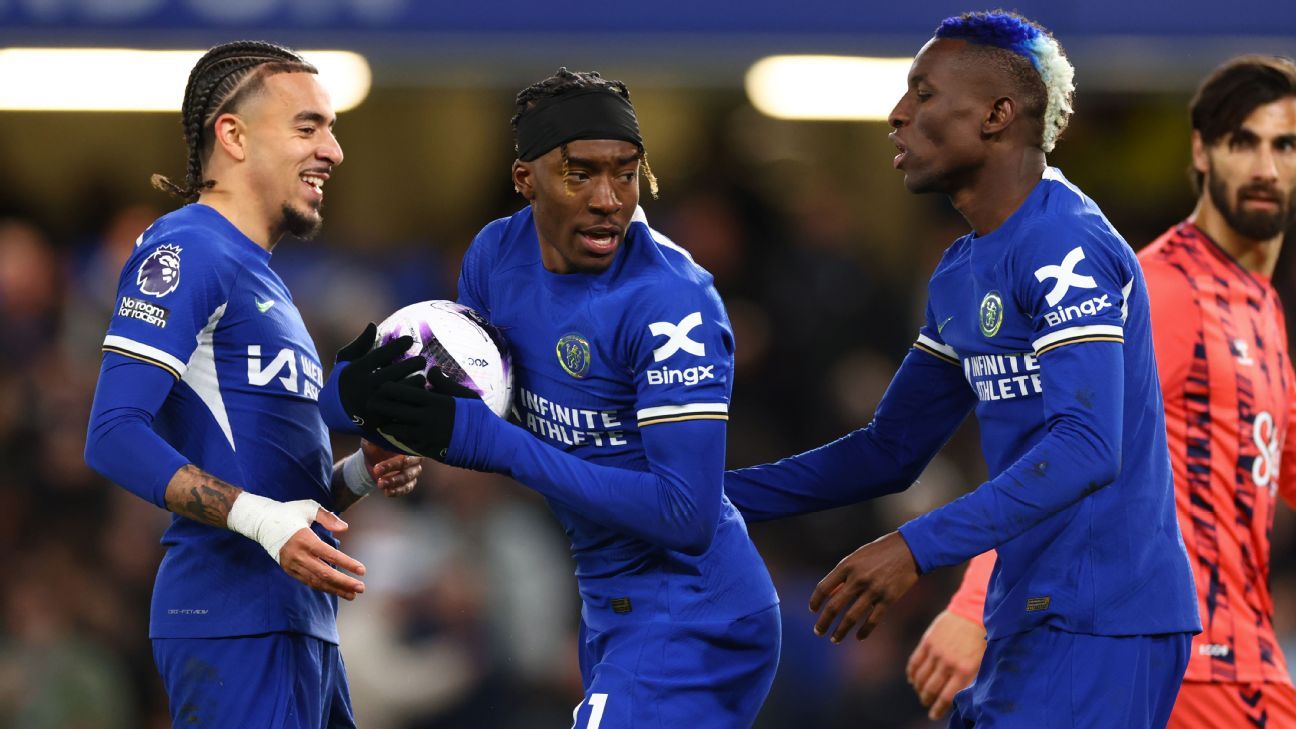
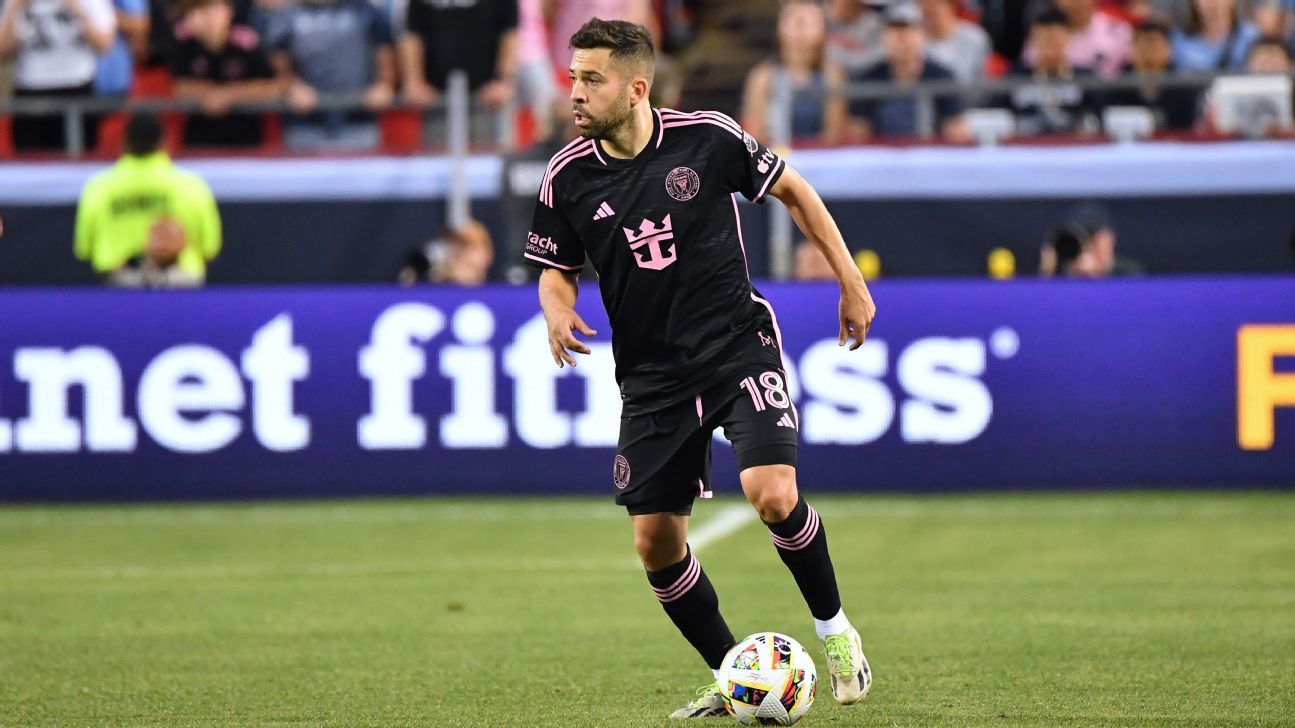
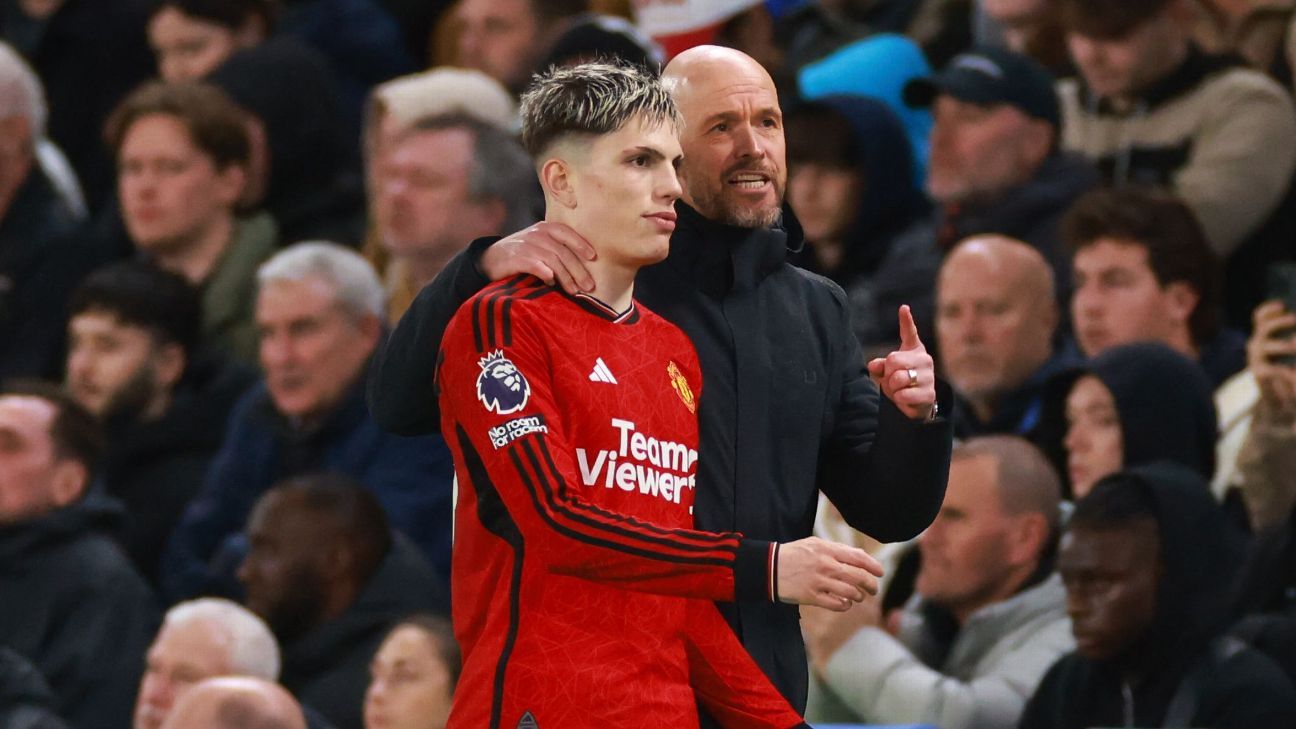





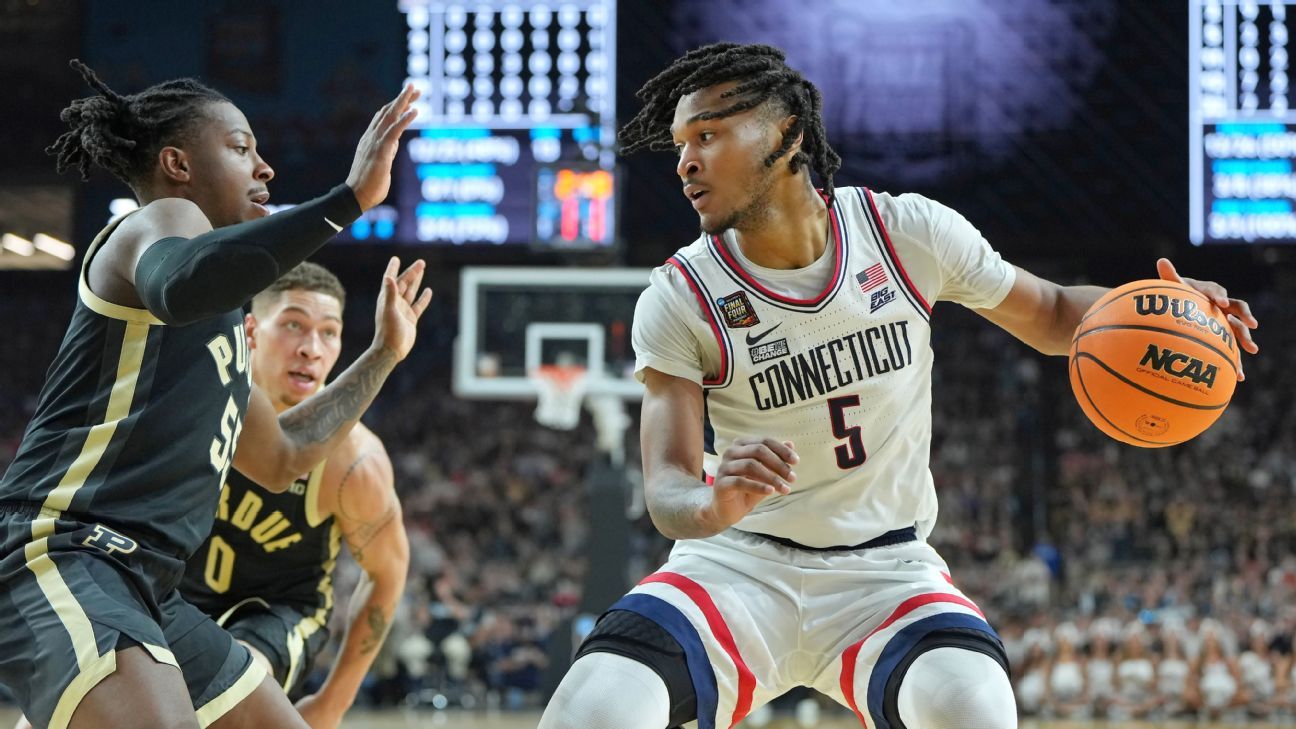

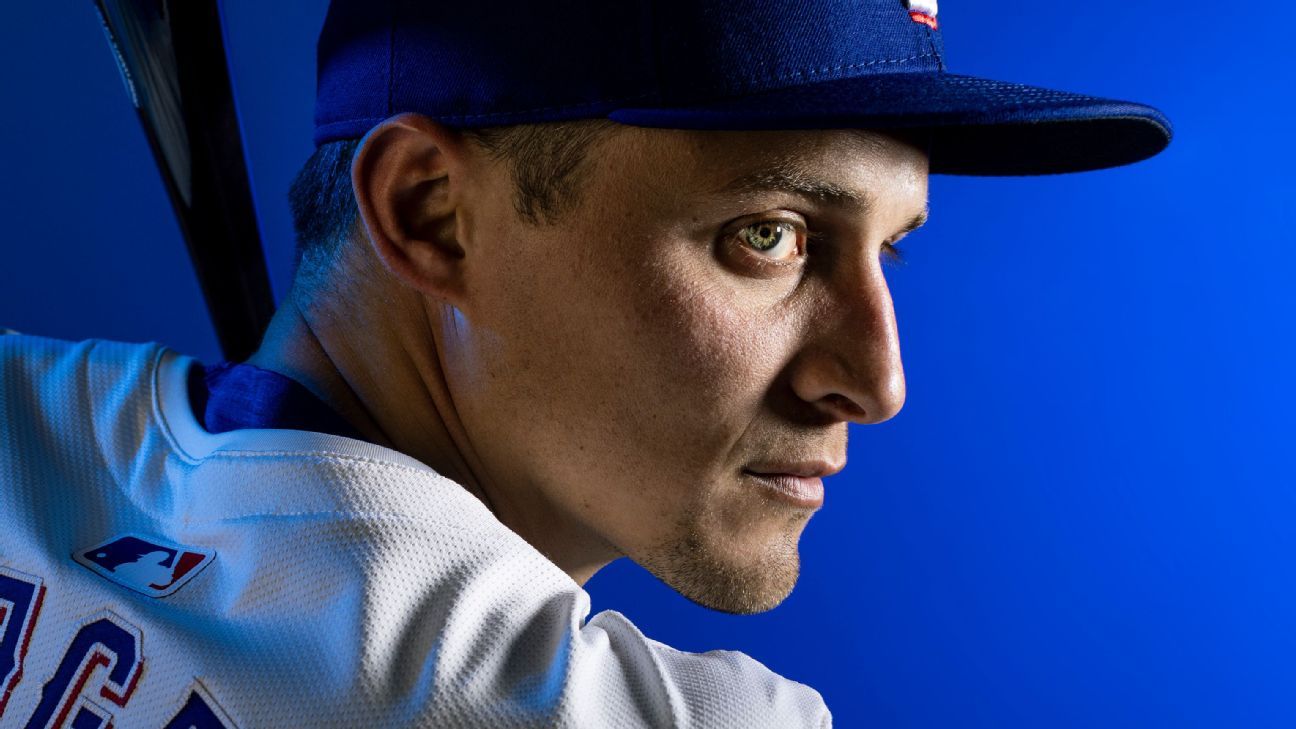
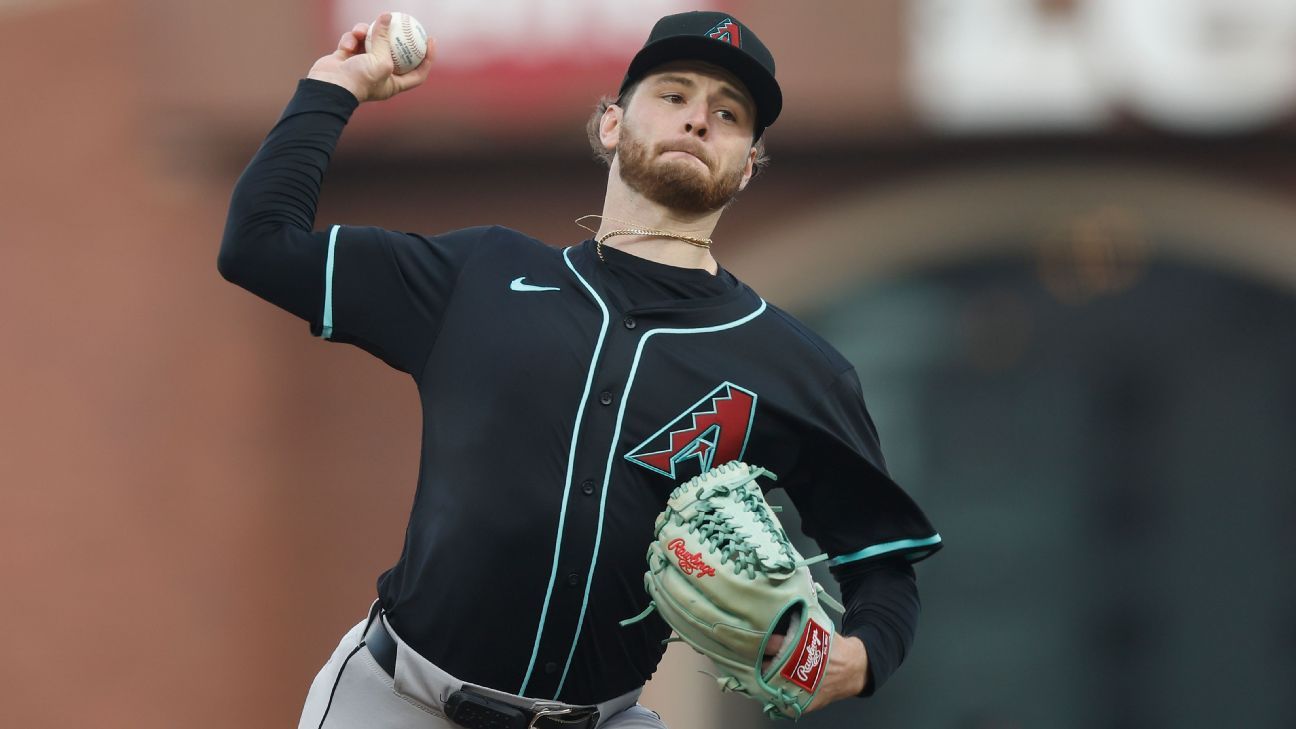

 Phone: (800) 737. 6040
Phone: (800) 737. 6040 Fax: (800) 825 5558
Fax: (800) 825 5558 Website:
Website:  Email:
Email: 






